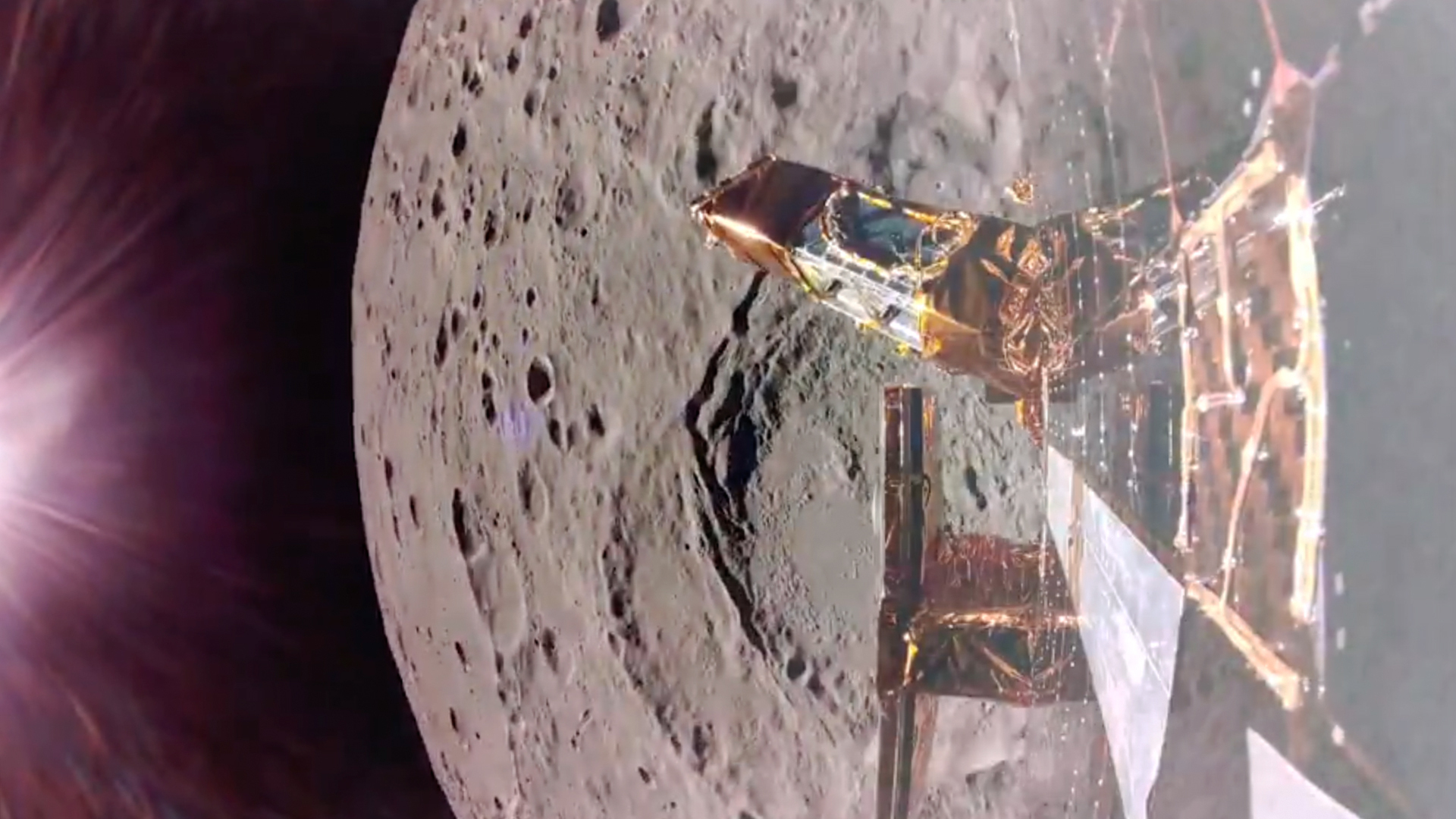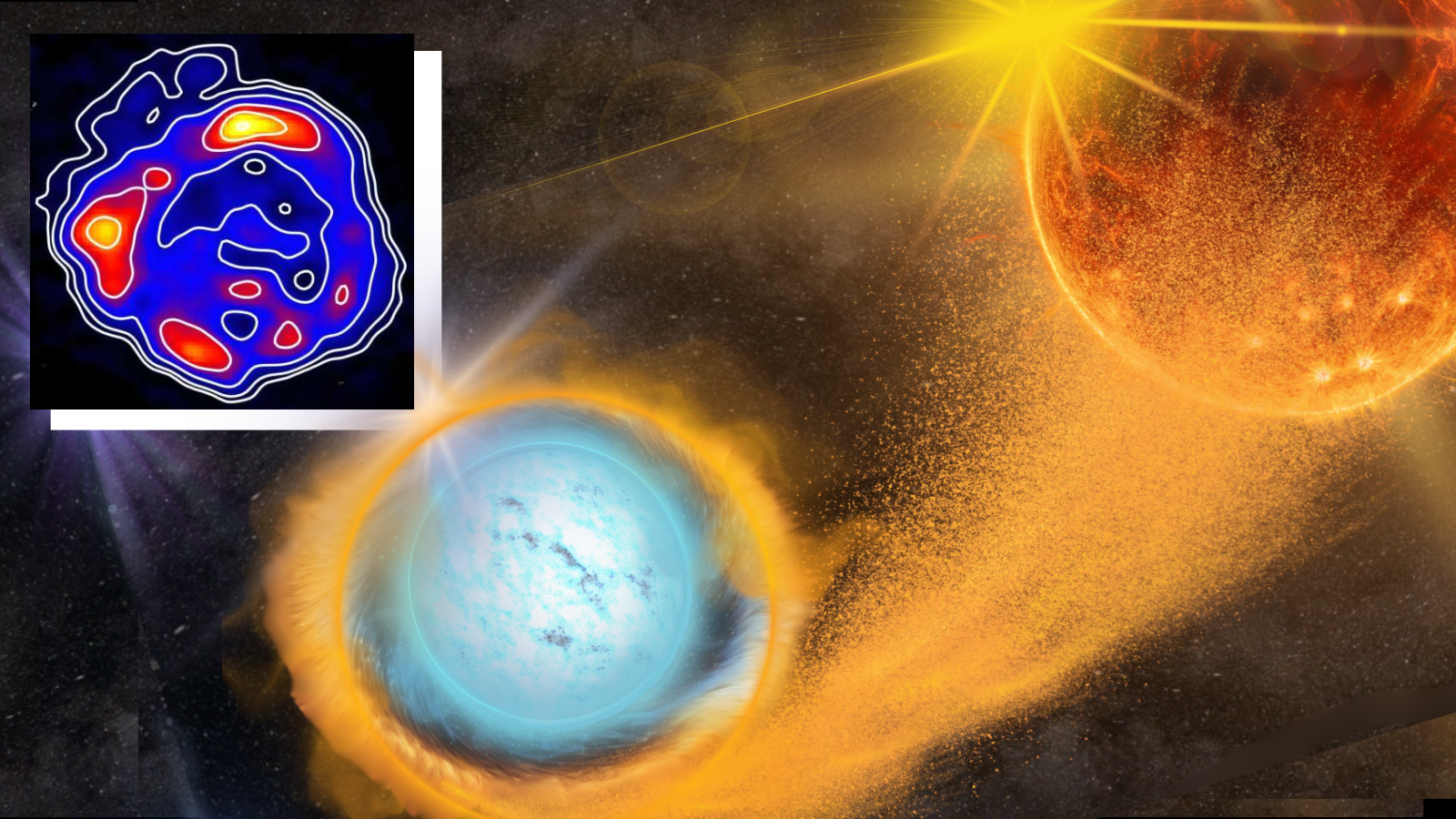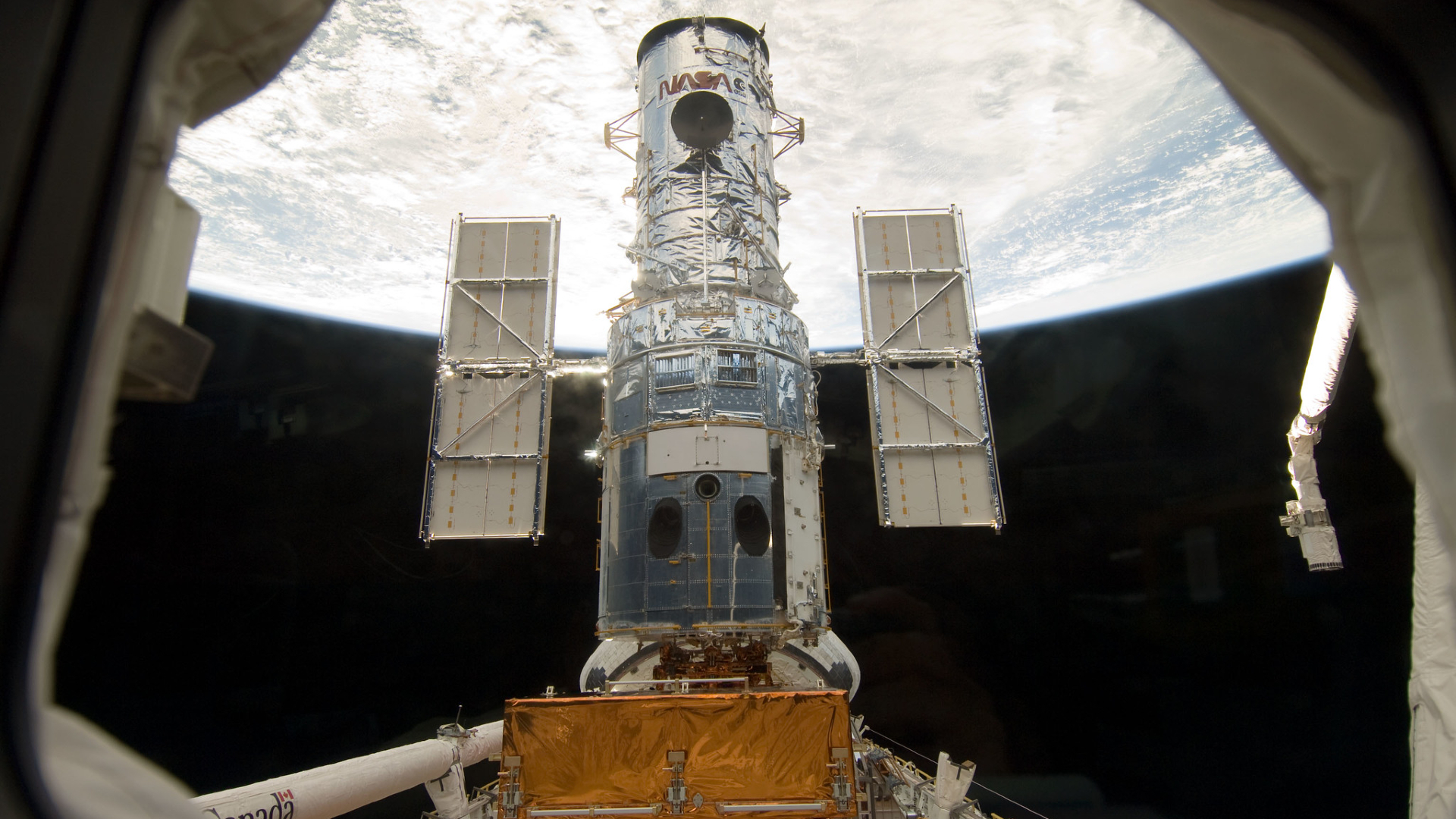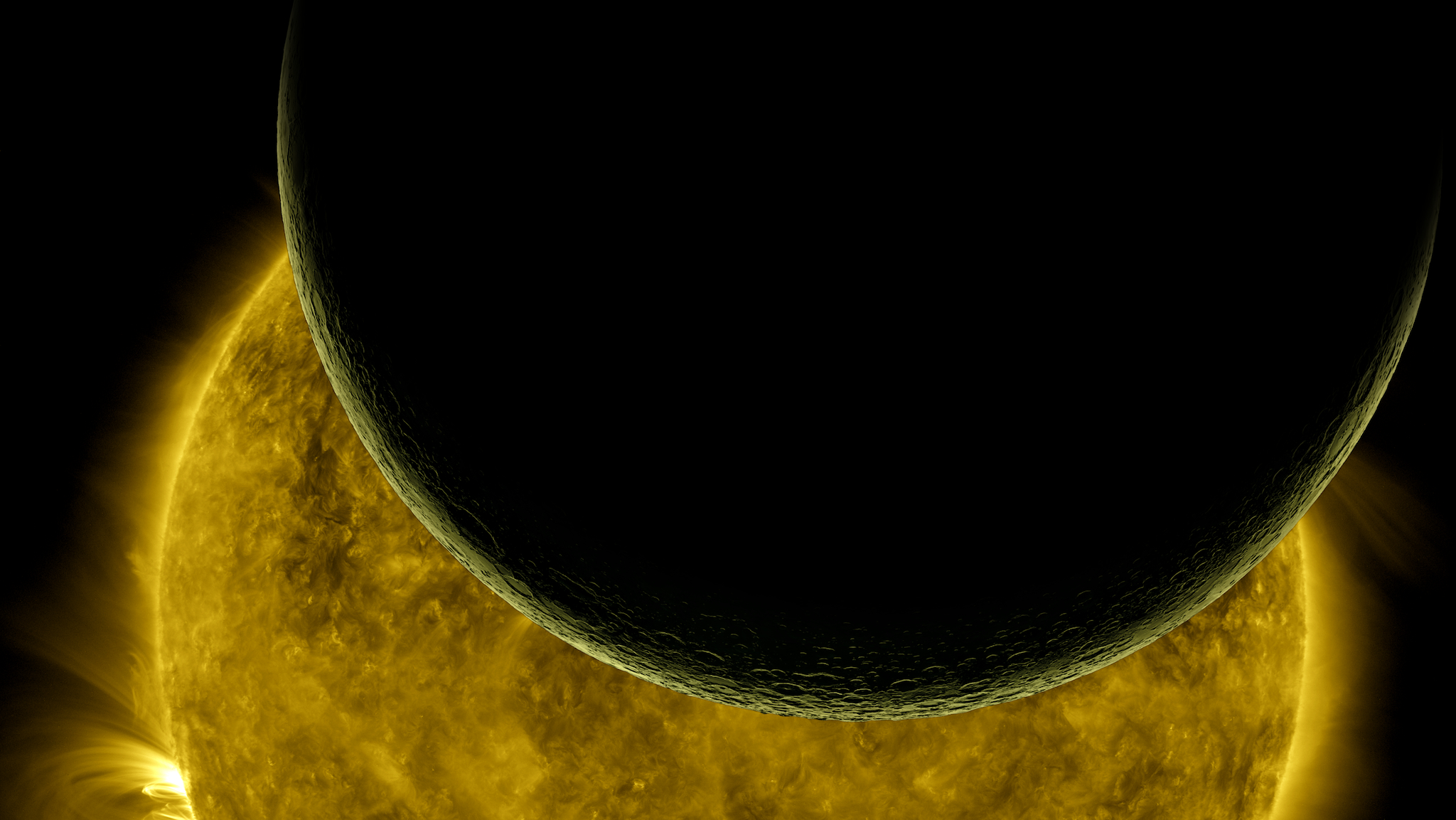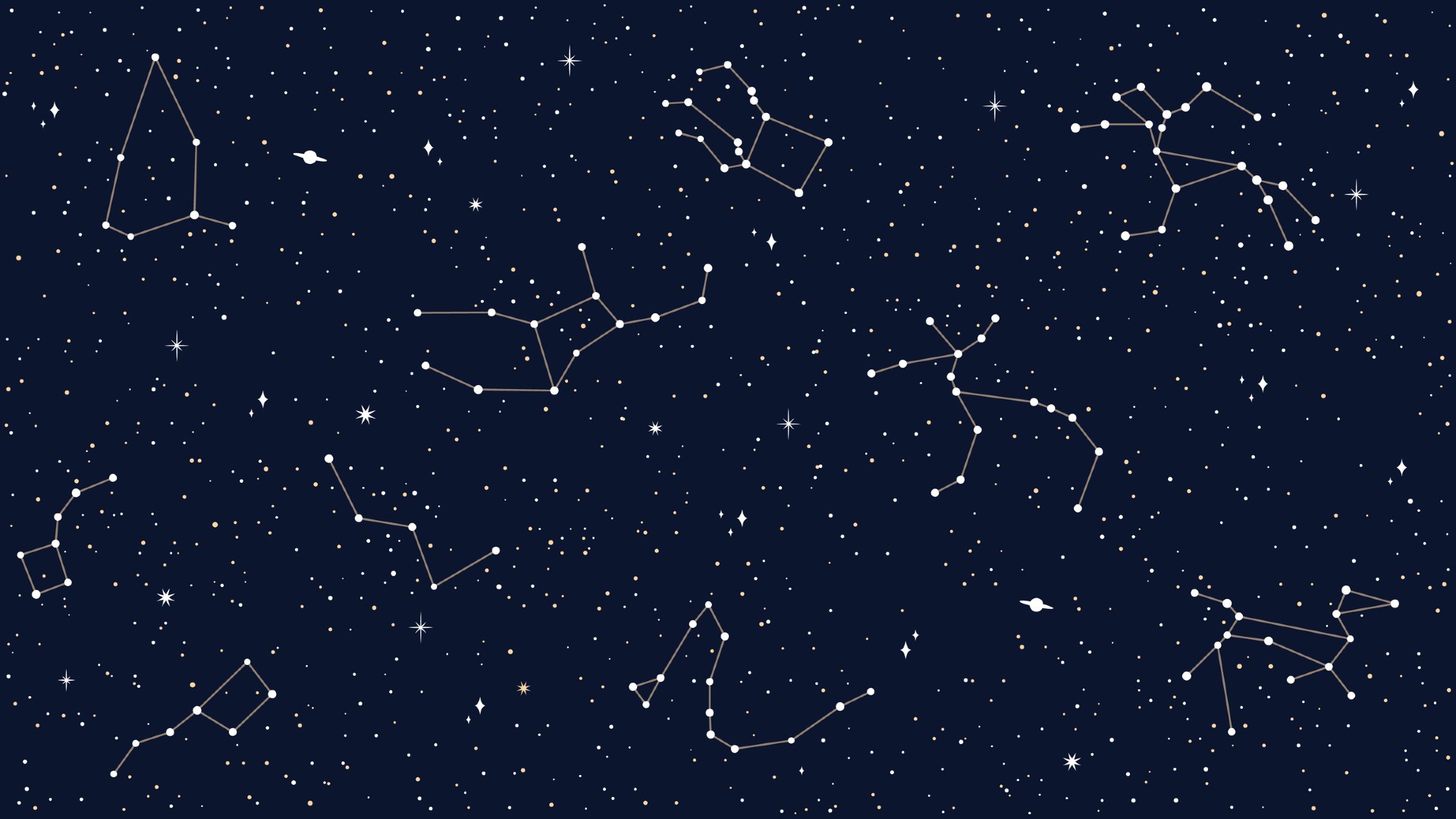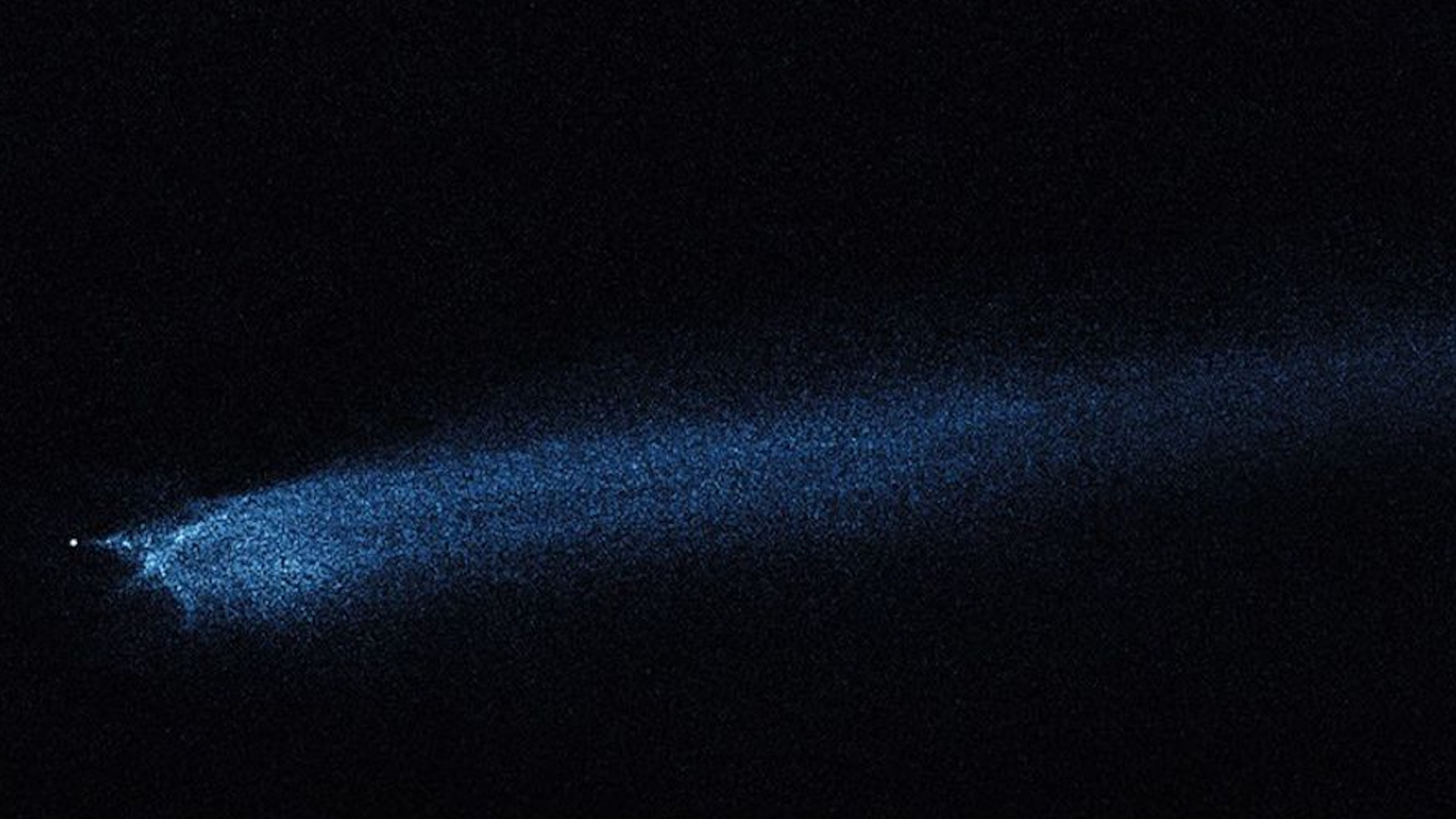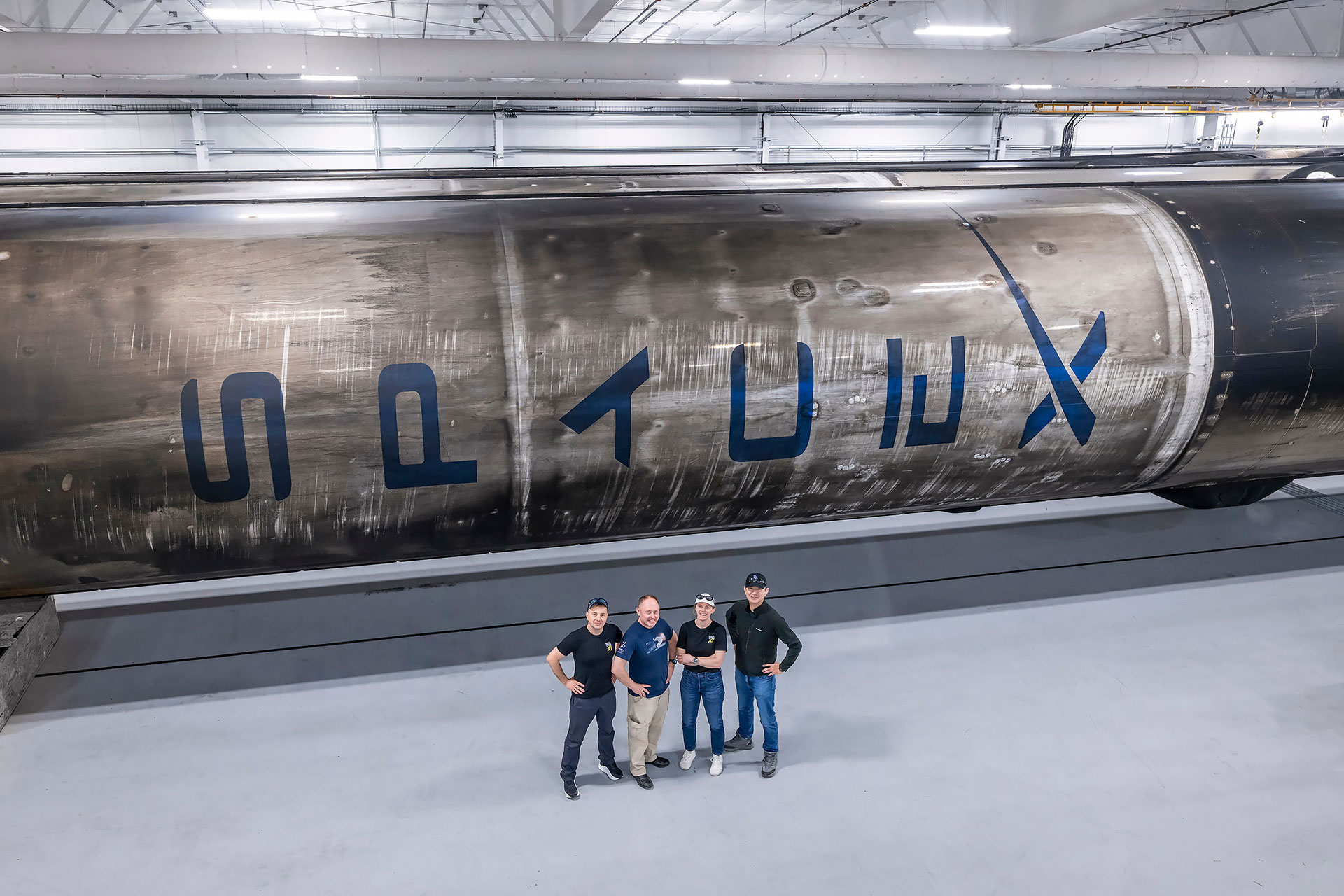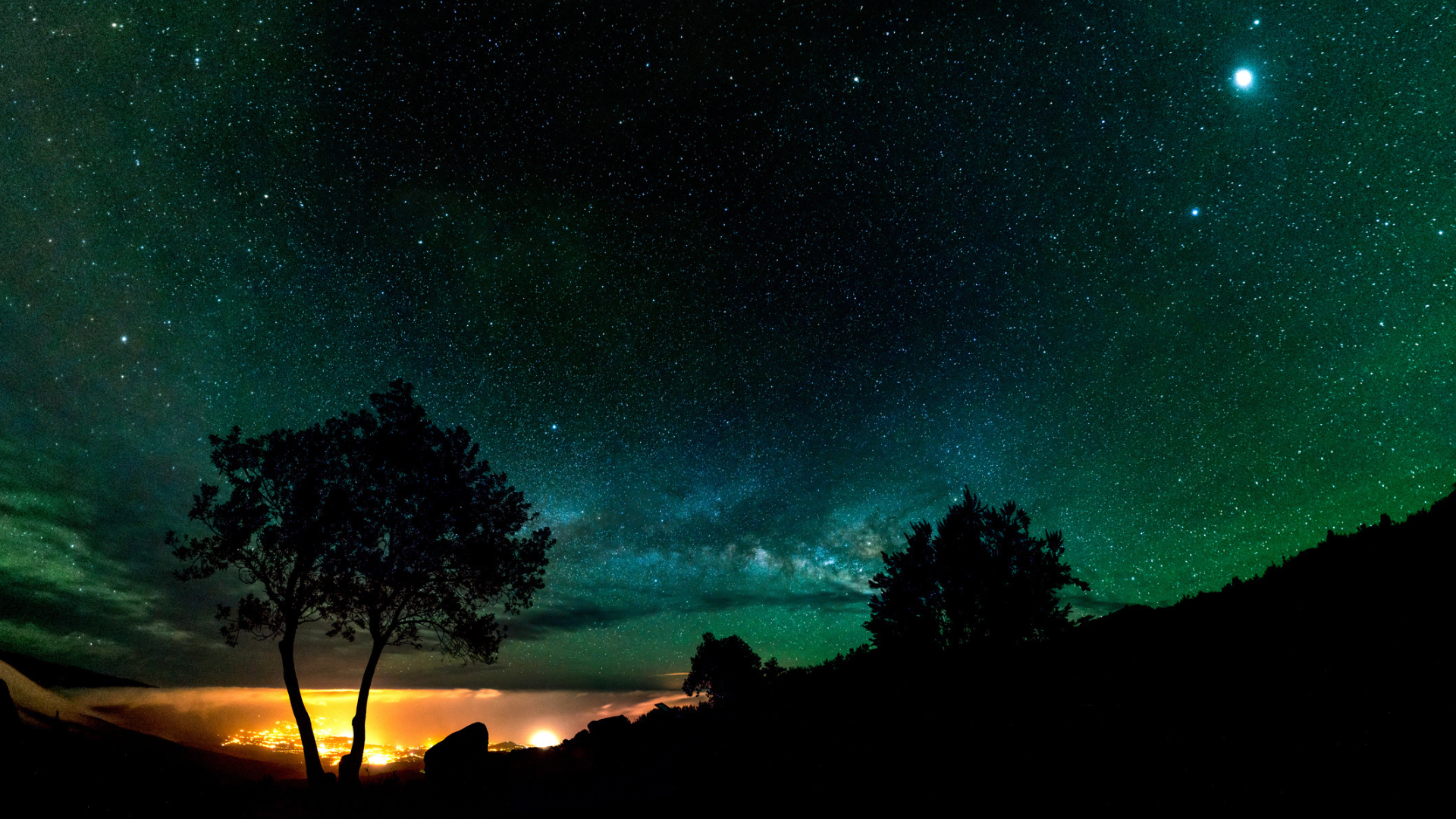NASA satellites catch Earth's magnetic field making music
"Chorus waves are now included in forecasting models that are designed to protect these satellites."
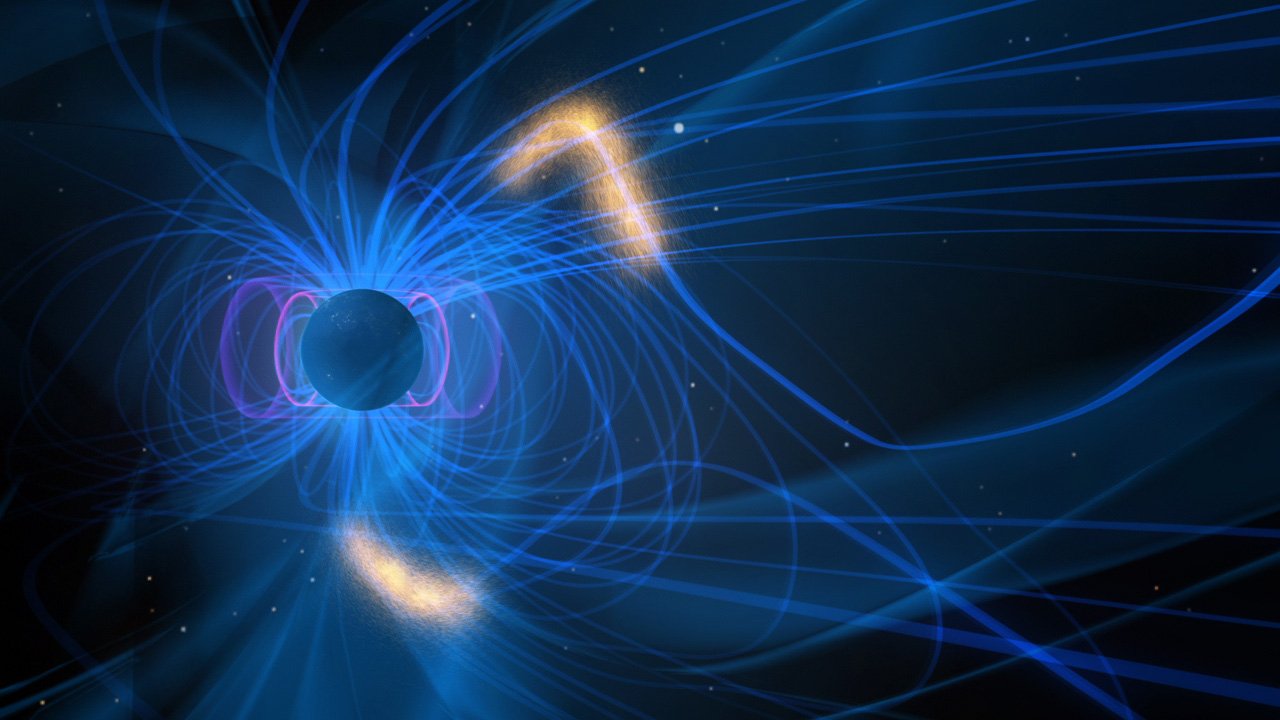
Earth's magnetic field occasionally bursts into song — but these compositions are written with electromagnetic radiation, not sound waves.
When converted to audio signals, though, these strange bursts sound like a rising chorus of chirping vocals similar to morning birdsong, which is why physicists call these short, intense bursts of radiation "chorus waves." Each burst of radiation lasts just a few tenths of a second, but the signals can repeat for hours. And, as pretty as they sound, chorus waves can be extremely dangerous to satellites in orbit.
A team of researchers, led by physicist C.M. Liu of Beihang University in China, recently measured a chorus wave emerging from an unexpected place, and confirmed a key piece of a theory about how these strange waves form.
Listening to the music of the magnetosphere
The four satellites of NASA's Magnetospheric Multiscale mission recently measured a burst of chorus waves coming from a spot about 102,526 miles (165,000 kilometers) away, far out in the long "tail" of Earth’s magnetic field. (Our planet's magnetic field should look a lot like the field around a bar magnet, but electrically charged particles in the solar wind push against the magnetic field, so the side pointing away from the sun is stretched into a long tail).
Every other chorus wave astronomers have heard started closer to home, within about 31,690 miles (51,000 kilometers) of Earth. That's higher than the orbit where you'll find geostationary satellites, but it's still close enough to the planet that the magnetic field is neat and orderly, more like a bar magnet. Farther out in the tail, the lines of Earth's magnetic field have been stretched and warped into something much messier. Physicists didn't think chorus waves could form amid the stretched-out mess of magnetic field lines in the tail — but clearly, it's possible after all.
"The discovery doesn't rule out the existing theory, because the expected magnetic field gradients could still be present, but it means that scientists need to take a closer look," wrote Cambridge University physicist Richard Horne, who wasn't involved in the recent study, in a paper commenting on it.
Protecting satellites from 'killer electrons'
In fact, the discovery actually supports a key part of the theory about how chorus waves work. Using data from the Magnetospheric Multiscalar satellites, Liu and colleagues measured the distribution of electrons in the chorus wave, and they saw something that physicists' models have predicted for decades: a hole.
Get the Space.com Newsletter
Breaking space news, the latest updates on rocket launches, skywatching events and more!
Astronomers have puzzled over the exact mechanics behind chorus waves for around 70 years. Occasionally, a group of electrons ends up spinning wildly through Earth's magnetic field, and as the electrons spin, they release energy in the form of radiation. That radiation interacts with other electrons (which, thanks to quantum physics, also behave a little like waves) and gets amplified into bigger waves. Because those waves of radiation are forming along a magnetic field, whose strength and charge form a gradient in space, the waves end up in short bursts, each of a higher frequency than the last: like a rising chorus.
As the chorus wave forms, its motion herds electrons into particular spots along the shape of the wave. But if there are clumps in some places, there should also be gaps in other places, and Liu and colleagues just measured one such gap in their chorus wave. That could suggest that the whole model of how chorus waves form is mostly correct – except for the part about where they can form.
If Liu and colleagues are correct, chorus waves could form nearly anywhere in space, and not just in places where the magnetic field is neat and undistorted by solar wind. That means we should be looking for chorus waves from way out in the tail of Earth's magnetic field, not just close to home. And in theory, there should be chorus waves in the magnetic field of every planet that has one, even if it’s a little messy (so far they’ve already been observed around Jupiter and Saturn).
And understanding these waves a little better could help scientists better predict when and where they’ll happen, as well as how strong they'll be. That could be vital to the safety of satellites orbiting our planet, which are vulnerable to solar storms and other sudden bursts of radiation from deep space.
"These high-energy electrons are known as 'killer electrons' because they have damaged several satellites, costing hundreds of millions of dollars," wrote Horne. "Chorus waves are now included in forecasting models that are designed to protect these satellites."
Join our Space Forums to keep talking space on the latest missions, night sky and more! And if you have a news tip, correction or comment, let us know at: community@space.com.

Kiona Smith is a science writer based in the Midwest, where they write about space and archaeology. They've written for Inverse, Ars Technica, Forbes and authored the book, Peeing and Pooping in Space: A 100% Factual Illustrated History. They attended Texas A&M University and have a degree in anthropology.
